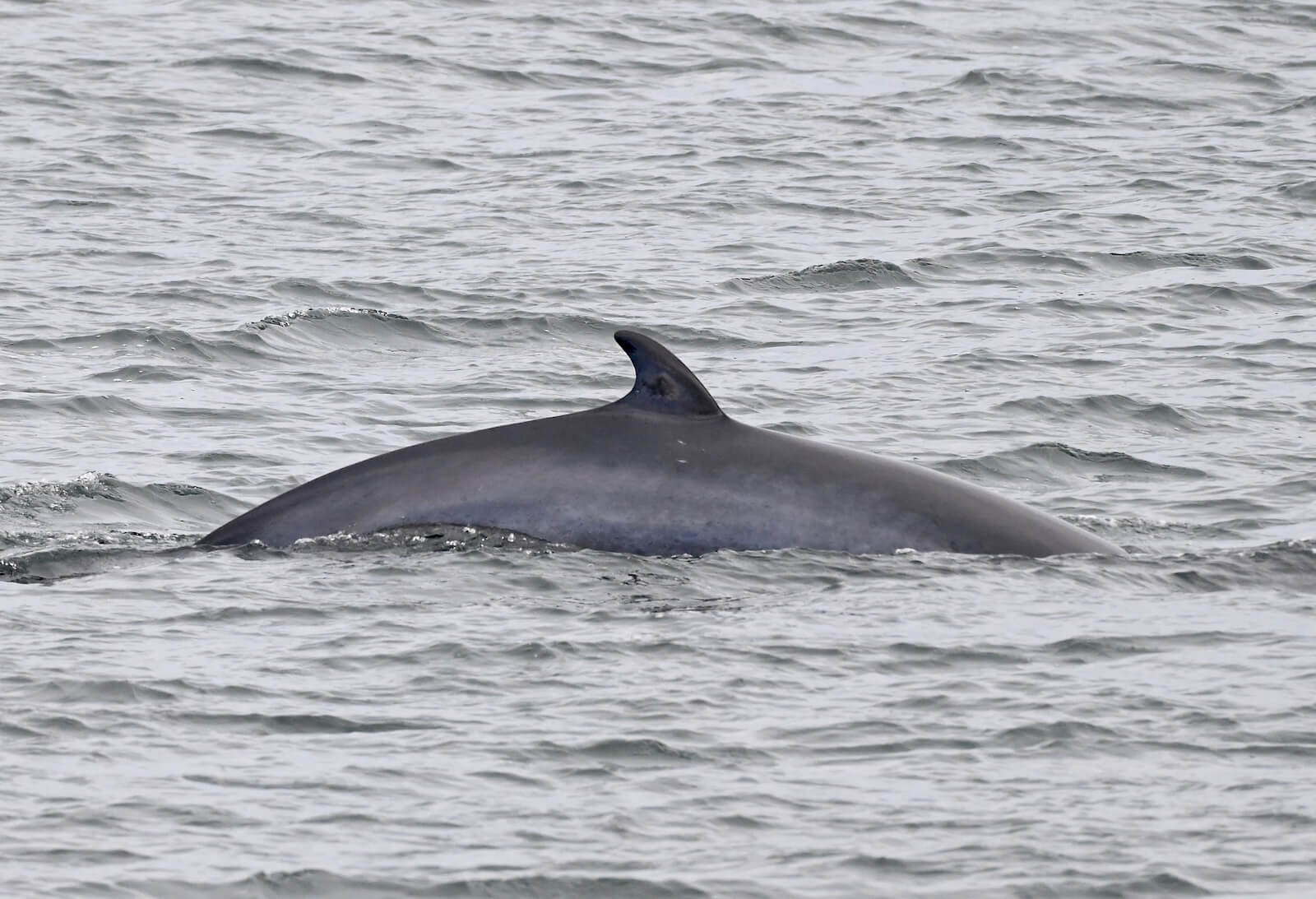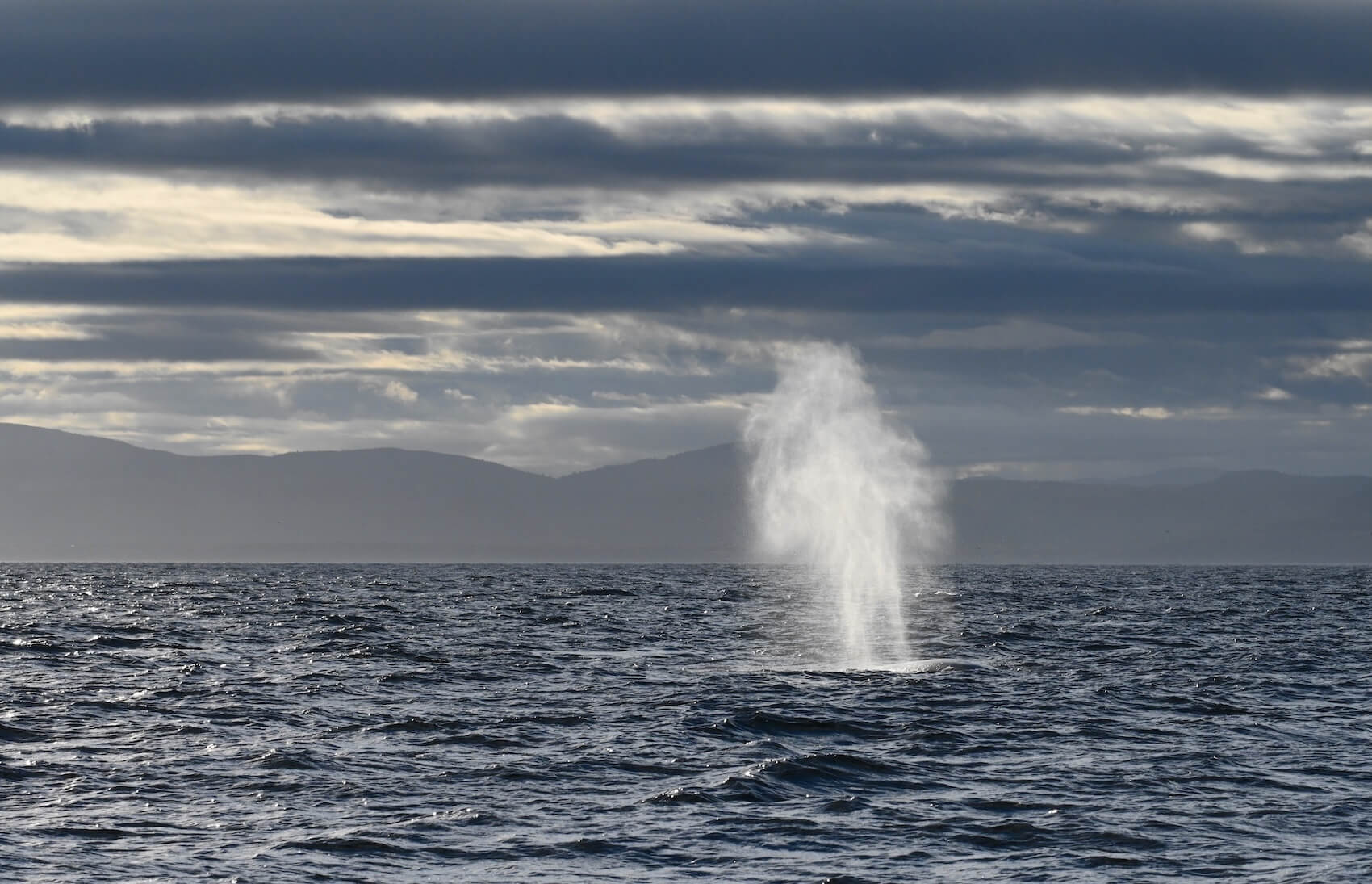Humpback whales travel to warm Caribbean waters to give birth, while North Atlantic right whales calve in the waters of the southern US. Already, six North Atlantic right whale calves have been spotted off the coast of Florida. Several others could be observed, since the calving season for this species lasts until March.
Other marine mammal species such as seals are well adapted to an icy environment. Each species of seal has its own distinctive characteristics when it comes to pupping. For grey seals, stocky pinnipeds best recognized by their horse-like snout, the breeding season runs from late December to early February. It is therefore about to end.
At the present time, thousands of grey seals are gathered on Sable Island off the coast of Prince Edward Island. This island is the most important place for pupping within the species’ breeding range in Canada. Part of the Northwest Atlantic population gives birth on the ice of the Gulf of St. Lawrence. However, Fisheries and Oceans Canada researchers who track grey seals are finding that due to diminishing ice cover, more and more seals are going to give birth on neighbouring islands as well as Sable Island and southwest Nova Scotia.
Ice is not only used for pupping. It allows females to nurse and care for their offspring for two weeks. During this period, the baby grey seal will double its weight. The whitecoat – as seal pups are called, just like baby whales are called calves – will also make its first moult within the first thirty days of its life. Their white hide will develop into a coat of grey, dense and waterproof fur, which will allow them to dive and feed on their own. The grey seal whitecoats are already preparing to head out to sea. Perhaps we will encounter them this summer in the St. Lawrence?
Harp seals will soon begin their pupping season, followed by hooded seals. The first few months of life are critical for young seals. If you come across one on shore, let it rest while keeping your distance.





